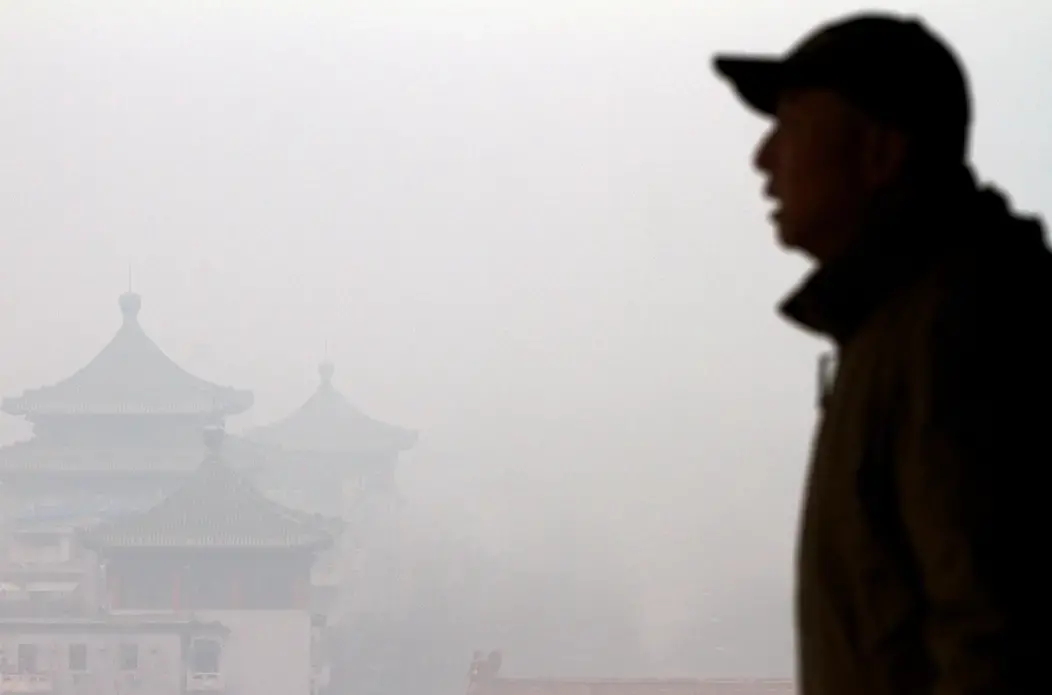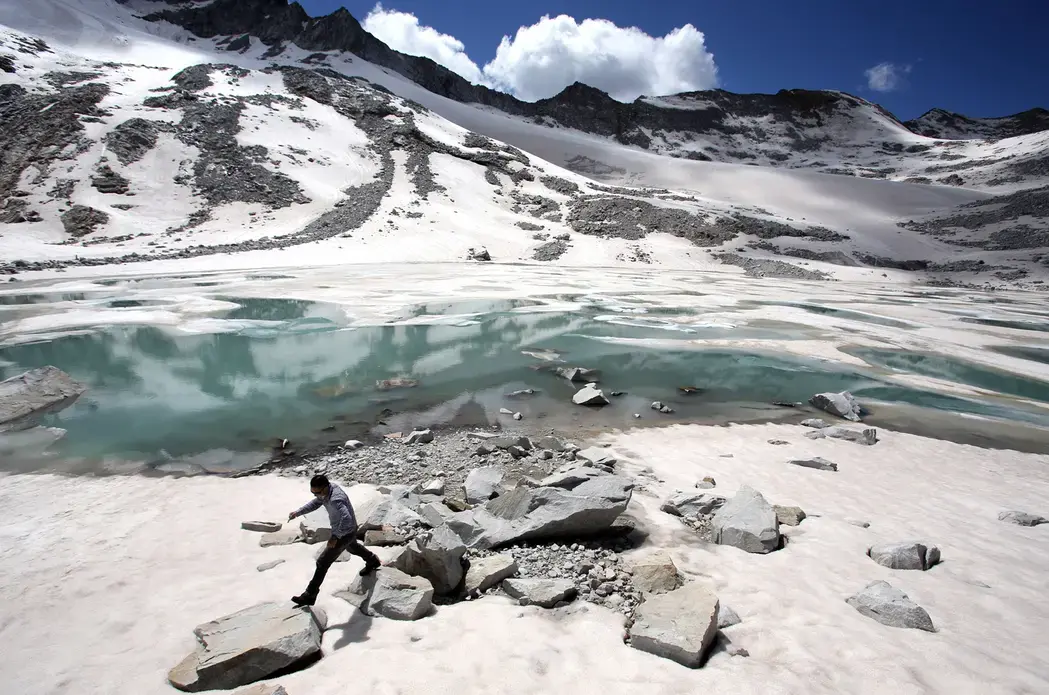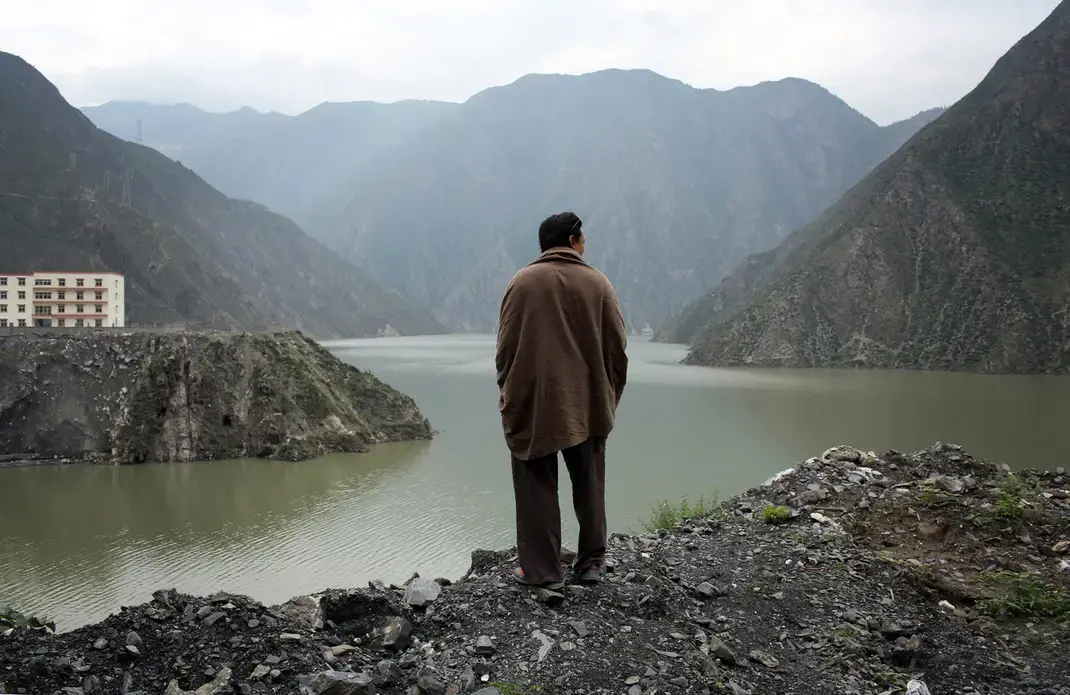I have spent the past seven years traveling across China, documenting some of the most pressing crises affecting the world's most populous nation. I've climbed glaciers, ridden across deserts, crawled through wetlands, and walked through sandstorms, all in an effort to try to understand the complex environmental issues facing China in the early 21st Century.
Along my travels, I have also met countless experts who have helped me to better understand the state of China's ecosystems.
Last week, I released "Meltdown: China's Environment Crisis," a new eBook with the Pulitzer Center on Crisis Reporting that brings together years of photos, videos, and personal stories into one interactive multimedia platform (get it for free at iTunes or at Amazon).
Here I present five common misconceptions people often have about environmental issues in China.
Myth 1. Reintroduction of the Giant Panda Into the Wild Has Been a Success
Natural forests cover about 10 percent of China's surface area, but few of the forests remain in a primary or pristine condition. Large swathes of forest have been destroyed by human activities, which include logging, wood collection, and mining. The giant panda is one species that has been affected by these changes. Has captive breeding and reintroduction into the wild been a success?
"So far the success rate is 100 percent failure," according to Sarah Bexell from the Chengdu Panda Breeding Center in Sichuan Province.
"But the good thing is that one panda was reintroduced," reports Bexell. "His name was Xiang Xiang and he actually did quite well until breeding season. He was attacked by other males and later died of the injuries."
Bexell warned that there have been several challenges for reintroduction. "First, we are not yet saving land appropriately for wildlife, she said.
"Second is the issue of behavioral competency of animals born and raised in captivity. Third are concerns of passing disease to wild individuals, or compromised immunity of captive individuals once released. Finally, there are human social issues, like potential poaching of reintroduced animals," she said.
Myth 2. Desertification Isn't a Problem in China
"Some 400 million Chinese people's livelihoods are affected by desertification, which takes up 27.46 percent of the total land area," reported China Daily.
The statistics surrounding China's battle with desertification are both surprising and shocking. As a result of a combination of poor farming practices, drought, and increased demand for groundwater, desertification has become arguably China's most important environmental challenge.
Farmers are being forced to abandon their land as land becomes unusable. In affected areas, levels of rural poverty rise and the intensity of sandstorms, which batter northern and western China each year, continue to intensify.
This not a new issue for China, although it is generally not well known around the world. It is estimated that nearly 40 cities have been abandoned as a result of desertification in Northwest China in the past 2,000 years.
Myth 3. The High Tibetan Plateau is Buffered from Climate Change
"The North Pole, South Pole, and Tibetan Plateau are changing more rapidly than elsewhere," says Marc Foggin, executive director of Plateau Perspectives, an international organization that aims to improve local people's lives and protect the natural environment through community-based projects.
"There is a demonstrated increase in temperature over time and it is doubling that of the global overall average increase in temperature," said Foggin.
Glaciers in the west of China on the Tibetan Plateau have been retreating since the beginning of the 20th Century. The retreat has accelerated since the 1980s.
"Grasslands [on the Tibetan Plateau] and the peatlands within them serve effectively as a sponge," explains Foggin. But when that land is degraded, it can no longer store water from spring melt, and that leads to flooding.
Myth 4. Renewable Energy Has No Negative Consequences
"Today there are more than 25,800 large dams in China, more than any other country in the world," according to International Rivers, an organization seeking to highlight the effects of development projects affecting communities worldwide.
China's dams are notoriously controversial. The environmental impacts to wetlands are well documented and include concerns over fish migration patterns, landslides caused by bank erosion, and the accumulation of industrial effluent in the resulting reservoirs.
Thousands of people have been moved, often forcibly, to make way for the reservoirs. This trend is spreading across the Tibetan Plateau, the source of some of Asia's mightiest rivers.
Myth 5. China's Environmental Issues Are Their Own Problem
Sandstorms have been one of the major problems as a result of desertification in China. As the spring winds blow, dry and degraded topsoil is picked up and thrown into the air, to be carried in immense clouds of sand and dust.
Each year, the spring sandstorms that plague northern China originate in the northern central desert regions of the country. Moving east, the sandstorms descend on China's capital Beijing, shrouding it in a surreal yellow light. In recent years, these same sandstorms have been known to be carried on to South Korea, Japan, and even as far as the west coast of the United States.
Water security in the region is increasingly becoming an important issue for the continent. As China builds more dams on rivers on the Tibetan Plateau, the implications downstream for water supply are far-reaching.
"China's construction of dams and a navigation channel along the upper reaches of the Mekong threatens this complex ecosystem," according to International Rivers, which is concerned that projects in the upper reaches of the Mekong will "change the river's natural flood-drought cycle and block the transport of sediment, affecting ecosystems and the livelihoods of millions living downstream in Burma, Thailand, Laos, Cambodia, and Vietnam. Impacts to water levels and fisheries have already been recorded along the Thai-Lao border."
Get "Meltdown: China's Environment Crisis" for free at iTunes or at Amazon.













